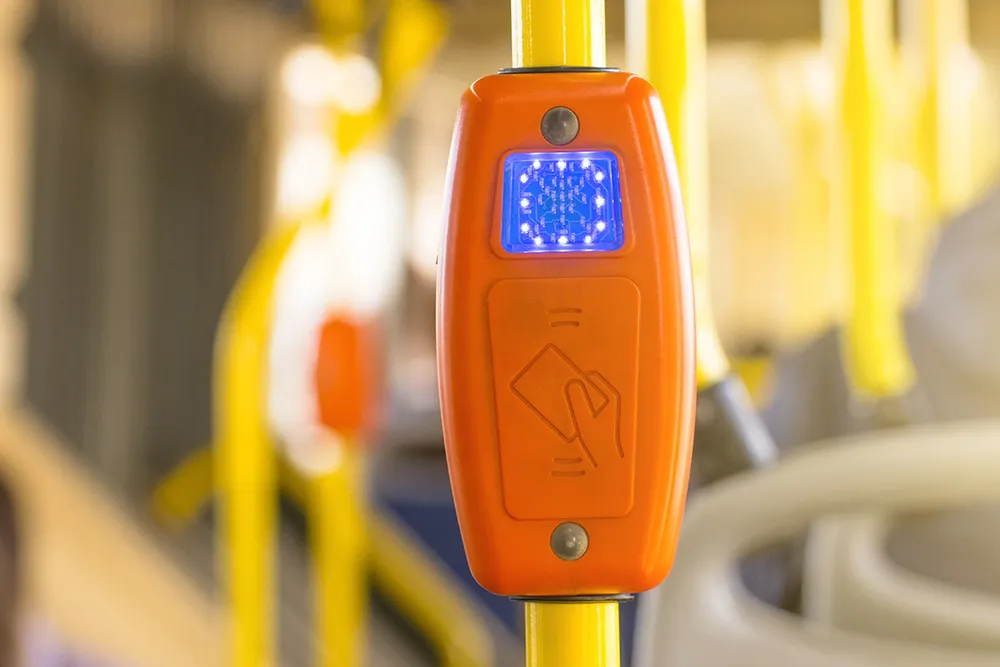Cubic Transportation Systems and the New South Wales (NSW) state government have successfully completed the rollout of the new Opal smart card to all train stations in the greater Sydney, Australia, area, ahead of schedule.
Opal became available to all train passengers in the region on 11 April in what state Minister for Transport Gladys Berejiklian described as an important milestone for public transport. The trains are the backbone of the public transport network in the greater Sydney area, carrying m
April 22, 2014
Read time: 2 mins
Opal became available to all train passengers in the region on 11 April in what state Minister for Transport Gladys Berejiklian described as an important milestone for public transport. The trains are the backbone of the public transport network in the greater Sydney area, carrying more than 304 million passengers a year and averaging about 1.5 million trips each working day.
Cubic leads the Pearl consortium, which is working with Transport for NSW to roll out the Opal card, one of the largest smart card ticketing projects in the world.
Cubic Australasia’s managing director Tom Walker said the train rollout was fast tracked to finish early, a considerable achievement given the complexity of the project. Cubic’s installation team worked around the clock to complete installation of Opal devices in 308 train stations in just under three and a half months.
With both the trains and ferries now online, Opal equipment is to be installed on 5,000 buses in the greater Sydney area with light rail to follow in 2015.
Minister Berejiklian said the Opal card was already transforming the way people move around Sydney with almost nine million journeys taken on trains, buses and ferries using Opal.
“More than 185,000 people have now signed up for Opal cards. Now that we have finalised the train rollout, as customers hear about the benefits of using Opal, we are seeing more and more people applying for a card,” she said.








